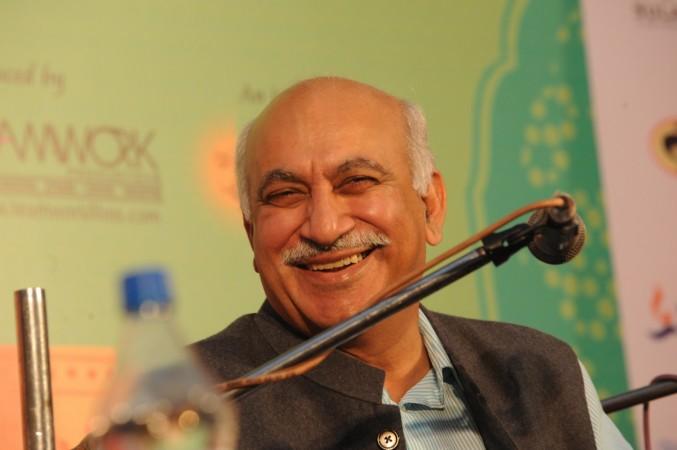
Heads are rolling out in many newsrooms across India with journalists, especially women, coming out openly against many male editors alleging them of sexual harassment. Though the current #MeToo movement owes its origin to movie actress Tanushree Dutta's revelations almost a decade after against her co-actor Nana Patekar, surprisingly, the so-called neutral newspaper world got embroiled into it.
Essentially, Twitter and Facebook served as subaltern platforms for many journalists to vent their anger against sexual harassment. Triggered by Priya Ramani's tweet against her erstwhile boss MJ Akbar, then editor of The Asian Age and now a minister in the Union government, the movement is spreading like a wildfire, besides knocking at the doors of the country's judiciary.
It has picked up momentum in the last two weeks, with several heads tumbling down across newsrooms from Hyderabad to Delhi. Never did the media world face such an onslaught from within. No newsroom can now swear to be sacrosanct amid mounting allegations of sexual harassment.
In the past, politicians and celebrities remained the potential targets by journalists but backed by abundant proof laboriously gathered over a period of time, sometimes in the guise of sting operations. With many internal controls, editors of newspapers and TV channels could save the day without any external or government controls. That was the freedom of the press.
But now the digital world has squarely changed the balance, effectively replacing the media as the fourth pillar of democracy in any country. Bereft of any newspapers, TV channels or news websites, anybody can reach the target audience using Twitter, Facebook, Instagram and WhatsApp. The reach is instant and world wide. Who needs the press now? One worry is that the PRESS may become a thing of the past.
For over a century, the united media across the world resisted the attempts of both elected and dictatorial governments to control media in any form -- whether print, electronic or the modern multi-media. Freedom of the press remained sacrosanct. But no longer! The current social media has kicked aside the press, emerging as the instant alternative to reach a far wider audience, relegating the basic tenets of journalism to dustbin.
Future Scenario:
With cracks within, a weakened and divided media may soon turn into a victim. Freddom of press will soon be diluted with governments vying to crack the whip that they long cherished. The social media freedom is playing host to such anarchy. It's being used to bring forth the undercurrents of social intimidation. But the establishment may interpret it as a tool to name and shame enemies, erstwhile bosses and even political leaders citing the examples of MJ Akbar and KR Srinivas.
It may be recalled that two years ago, the country's IT minister had warned to crack the whip on any misuse of social media platforms. It remained a warning repeated often whenever there is a misuse.
Already, there is a mounting evidence of fake news being propagated across the country. WhatsApp rumours on child lifting often ended up in mob lynching of innocents. To be precise, the entire social media is begging for external control.
What else do the governments need? With divided newsrooms, it becomes easy for them to crack the whip in the name of larger or even national interest. Soon, we will see a Social Media Control Bill. It's time for introspection by the media as well.








